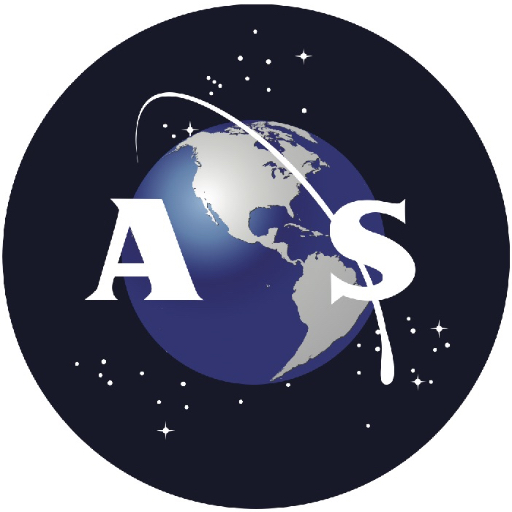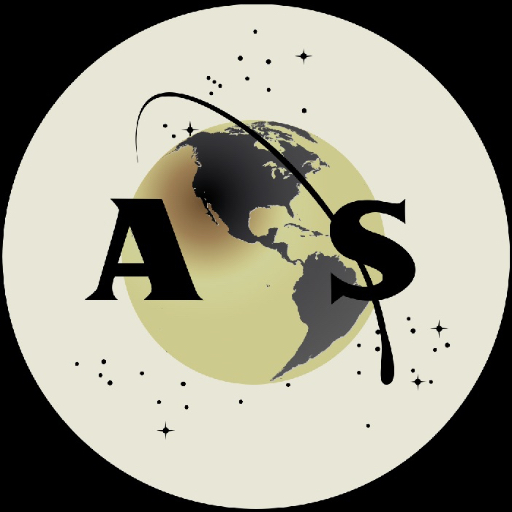
CAPE CANAVERAL, Fla – At Cape Canaveral Air Force Station in Florida, United Launch Alliance (ULA) utilizes a building that works to bring all of the various launch and support operations into one, central structure. The Atlas Spaceflight Operations Center (ASOC) is about 9,290 square-meters (100,000 square-foot) in size. The ASOC provides all of the required elements – command, control and communication with the Atlas V. It is from the ASOC that the mission is managed as well as monitoring and evaluating launch operations.
The ASOC is actually two separate buildings that were combined into one. The first section was originally built back in the early 60s. It was utilized in the Titan III Program. The ASOC was built for the Titan II Chemical Systems Division Solid Rocket Motors. During this period, it was referred to as the Motor Inert Storage (MIS).
Later, after the awarding of the Evolved Expendable Launch Vehicle (EELV) contract to Lockheed Martin in Oct. of 1998, they added three additional stories to the MIS. Part of this was the addition of the ASOC’s Launch Control Center (LCC).

The differences in how ULA prepares the various rockets supported by the Denver, Colorado-based company – that is in large part due to the history of the rockets themselves.
“Launch vehicles are processed in various ways due to the design of the rocket, the backgrounds of the engineers, designing the rocket and how the rocket evolved all played their part,” said United Launch Alliance’s Mike Woolley. “The facilities available to the designers of the launch vehicle’s systems, the topography and geography of the installation as well as the rules, regulations, restrictions of the area played there part in how each of the individual launch systems are processed.”
The ASOC is part of the overall launch flow for the Atlas V launch vehicle. The other elements include the Vertical Integration Facility (VIF) and Space Launch Complex 41.




